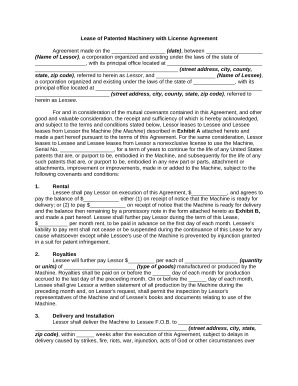
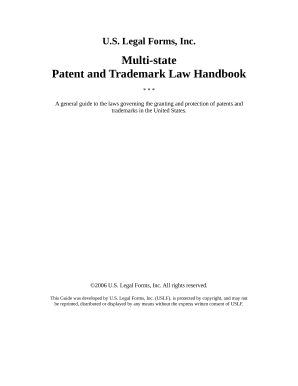
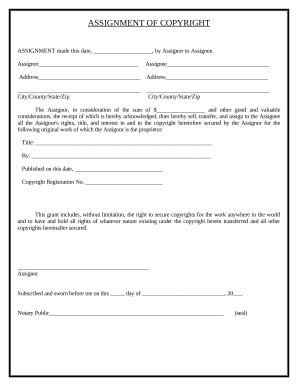
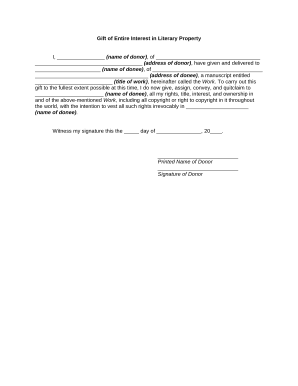
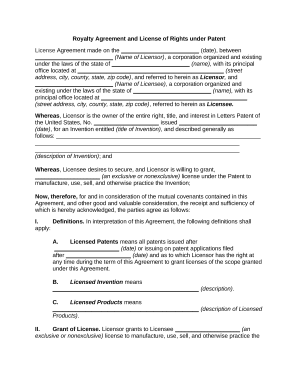
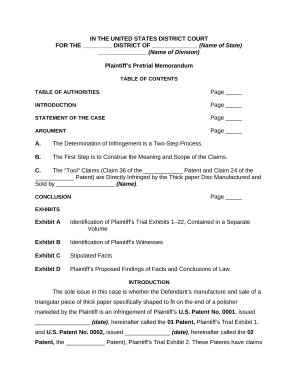

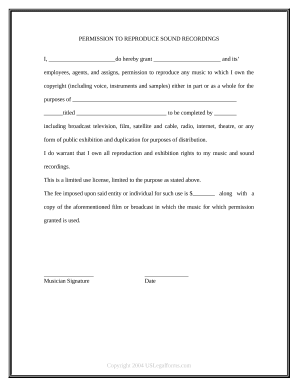
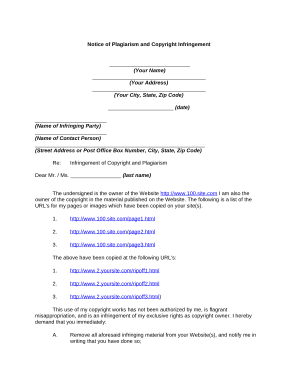

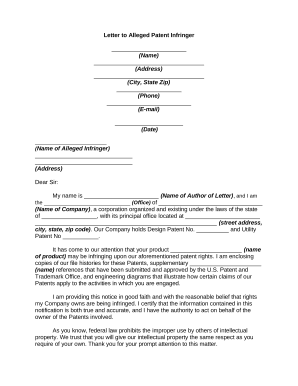
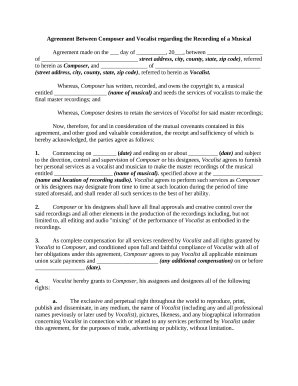


Document administration can overwhelm you when you can’t locate all of the forms you need. Fortunately, with DocHub's vast form collection, you can discover all you need and promptly handle it without switching among apps. Get our Copyright Law and start utilizing them.
The best way to manage our Copyright Law using these basic steps:
Try out DocHub and browse our Copyright Law category with ease. Get your free profile today!